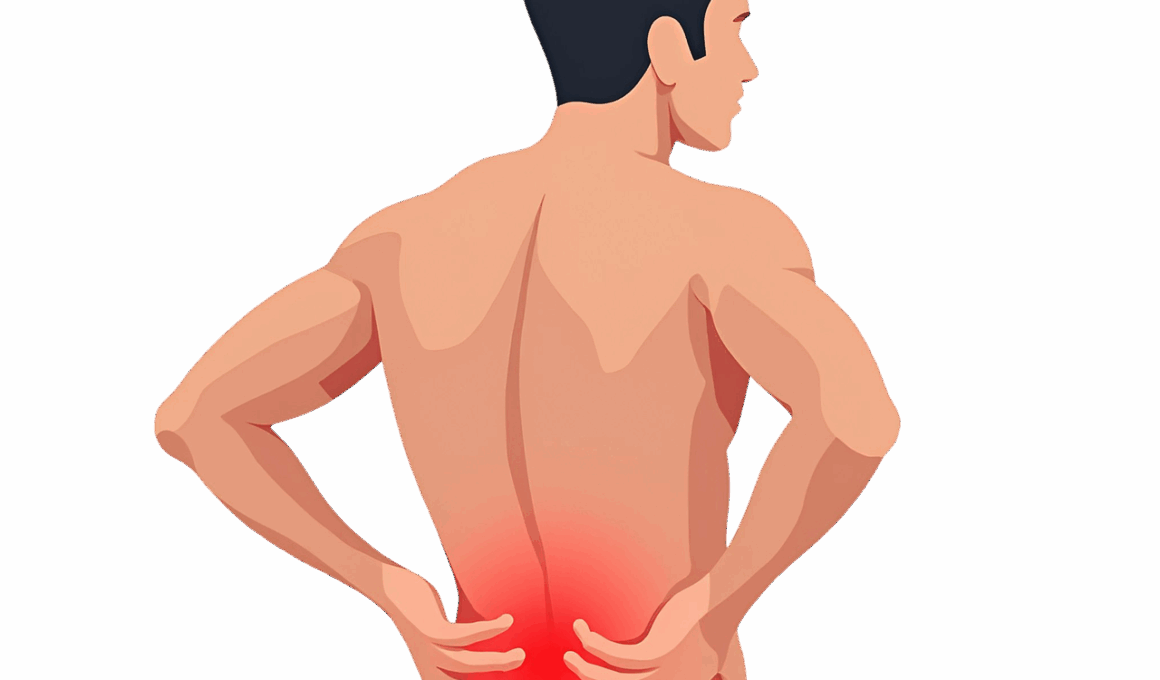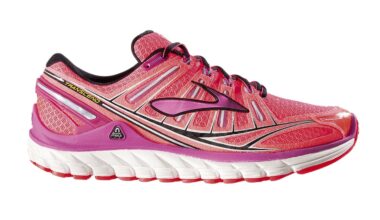Pilates vs Yoga: Impact on Chronic Pain Management
Chronic pain is a prevalent issue affecting millions globally, often challenging individuals’ daily lives and overall well-being. Both Pilates and Yoga have emerged as popular forms of exercise and therapy designed to enhance physical health, yet their approaches to managing chronic pain can differ significantly. Pilates emphasizes core strength, alignment, and rehabilitation through controlled movements. On the other hand, Yoga combines physical postures with mindfulness and breathing exercises to promote holistic health. This article explores the distinctive benefits of both practices in addressing chronic pain management. Emphasizing proper body mechanics and alignment, Pilates focuses on strengthening muscles around vulnerable joints, potentially reducing pain episodes. Many practitioners report significant pain relief through specific Pilates exercises tailored to their conditions. In contrast, Yoga fosters a deeper connection between mind and body, often utilizing relaxation techniques that can soothe the psyche and release physical tension. Incorporating elements of meditation, Yoga offers tools for stress management, which plays a substantial role in addressing chronic pain. With these insights, the following sections will delve deeper into how each practice approaches pain relief.
When considering chronic pain management, understanding the foundational principles behind Pilates can be crucial. Developed by Joseph Pilates in the early 20th century, this exercise method focuses on core strengthening and promoting overall body balance. Pilates incorporates a variety of controlled movements that aim to improve flexibility, stability, and strength. These exercises often target specific muscle groups, helping to alleviate discomfort for individuals with conditions such as lower back pain, arthritis, or chronic shoulder pain. By strengthening the core, Pilates enhances spinal alignment and posture, contributing to pain reduction. Engaging in regular Pilates sessions has shown to improve functional strength immensely, enabling participants to perform everyday activities with greater ease. In contrast, those struggling with chronic pain may find certain Pilates techniques tailored specifically to their experience beneficial. Deep breathing techniques prevalent in Pilates also assist in relaxation and pain relief. Mindful engagement in these movements not only promotes physical strength but also encourages an enhanced awareness of body mechanics, making it a powerful tool in managing chronic pain.
Understanding Yoga and Pain Relief
Yoga is much more than a series of poses; it’s an ancient practice deeply rooted in holistic principles that emphasize the interconnectedness of the mind and body. Through breathing techniques, meditation, and a variety of physical postures, Yoga promotes relaxation, which can significantly diminish the perception of pain. For individuals suffering from chronic pain conditions, Yoga allows for a gentle way to engage the body while developing mindfulness. The emphasis on breath in Yoga aids in calming the nervous system, facilitating a State of relaxation that can help alleviate discomfort. Regular practice helps improve flexibility, strength, and balance, which can indirectly influence pain management by reducing the risk of injury. Moreover, Yoga encourages participants to listen actively to their bodies, adapting poses according to their comfort levels. This ability to modify as needed makes Yoga an accessible option for those with recurring pain issues. Scientific studies support the positive impact of Yoga on various chronic pain conditions such as fibromyalgia and migraines, demonstrating improved outcomes for many practitioners. Understanding how Yoga integrates both mind and body can offer significant insights into managing chronic pain.
Comparatively, while Pilates is primarily focused on improving physical strength and stability, Yoga provides an integrated system that also addresses mental wellness. Many practitioners find that the psychological benefits of Yoga are complementary to its physical exercises. Mindfulness developed through meditation and focused breathing enhances the overall experience of pain relief in participants. By shifting the focus from physical discomfort toward mental clarity, Yoga practitioners often report improved coping skills and resilience when dealing with chronic pain. Yoga’s incorporation of relaxation techniques, such as progressive muscle relaxation and visualization, allows individuals to explore various ways to manage their pain levels actively. Maintaining a regular Yoga practice empowers individuals to navigate their chronic pain journeys, offering tools that help them reclaim control over their bodies and pain experiences. While physical challenges can exacerbate chronic pain, the emotional and mental strategies learned through Yoga present effective means of managing distress associated with pain conditions. This exploration of both Pilates and Yoga showcases how blending mind-body practices can lead to improved health outcomes overall.
Combining Pilates and Yoga for Optimal Results
Exploring Pilates and Yoga individually is insightful, but combining both practices may offer comprehensive benefits for individuals managing chronic pain. These two modalities can complement each other, allowing practitioners to draw on the strengths of each method. Pilates can provide the structural strength necessary for enhanced physical capabilities, while Yoga fosters deeper mindfulness and relaxation. This blended approach encourages practitioners to engage fully in their healing process. For example, individuals might integrate Pilates-strengthening exercises to improve core stability before transitioning into a restorative Yoga session to manage stress and emotional challenges. The benefits of combining these disciplines lie not only in pain relief but also in fostering a resilient mindset. Additionally, adopting a tailored routine incorporating elements from both practices can enhance the overall experience, allowing practitioners to explore a variety of movement patterns while remaining mindful of their pain triggers. Many individuals discover that this integrated practice gives them the tools needed to better manage their chronic pain conditions and build a supportive community. The adaptability of both practices reinforces their potential effectiveness in holistic pain management.
In conclusion, both Pilates and Yoga provide unique benefits for chronic pain management, making them valuable resources for many individuals seeking to relieve discomfort. By understanding their differences, practitioners may select the approach that aligns best with their needs. Pilates is particularly beneficial for those focused on physical rehabilitation and core strength, while Yoga offers an integrated approach that emphasizes relaxation and mental resilience. As interest in holistic health practices continues to grow, incorporating these disciplines into pain management strategies can foster more effective outcomes. Furthermore, engaging in regular practice of both can cultivate a deeper sense of self-awareness, empowering individuals to navigate their pain experiences proactively. Many find that the combination of mindful movement and physical strength creates an enriching experience that contributes significantly to their quality of life. Seeking guidance from trained instructors in both disciplines can enhance understanding in tailoring practices to specific chronic pain complaints. This combination fosters a supportive environment that values personal growth and healing. Ultimately, the blend of Pilates and Yoga offers individuals transformative pathways toward managing chronic pain effectively.
Final Thoughts on Choosing the Right Practice
Deciding between Pilates and Yoga ultimately depends on personal preferences, goals, and specific pain challenges. While both practices have shown evidence of effectiveness in chronic pain management, each offers distinct pathways toward healing. Individuals may want to try both modalities to discover which one resonates most with their needs. Tailoring a practice that includes elements from both disciplines can provide a more comprehensive approach, yielding improved results in managing chronic pain. Listening to one’s body and taking into account individual comfort levels during practice is essential. Regardless of the chosen path, the most significant aspect is regular engagement and community support, as both Pilates and Yoga can allow individuals experiencing chronic pain to connect with others who understand their journey. Ultimately, prioritizing mental and physical health through either practice can lead to greater resilience and improved quality of life. Embracing these healing practices empowers individuals to take control of their health, cultivate inner peace, and support their overall wellness journey as they work towards pain relief. Each step taken toward a mindful practice opens up opportunities for profound personal growth.
In summary, both Pilates and Yoga provide valuable resources for individuals seeking relief from chronic pain. By understanding their unique approaches, practitioners can choose the method aligning best with their health journeys. Pilates focuses on strengthening the core and enhancing body alignment, while Yoga offers holistic benefits that integrate body and mind. Exploring both practices encourages versatility, enabling individuals to nurture their physical wellness alongside mental resilience. Regular practice can facilitate pain management and emotional stability. Moreover, engaging with qualified instructors ensures that practitioners receive tailored programs aimed at their unique challenges. Investing time in understanding the benefits of both modalities empowers individuals to take charge of their health journeys confidently. The growing body of research supporting these practices highlights their potential in addressing chronic pain. Ultimately, whether choosing Pilates, Yoga, or a combination of both, participants can find effective paths toward healing and well-being. Prioritizing personal health through mindful movement opens the door to improved quality of life and emotional balance, making these practices essential components of contemporary wellness strategies.


